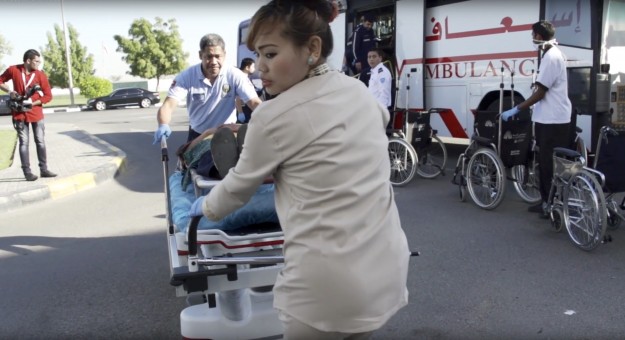As we began our work with Al Rahba Hospital in the United Arab Emirates, leaders there laid out their main priorities—clinical care, research and education—which are the foundation of much of our international collaborative work.
However, Al Rahba had an additional request: support for emergency preparedness. The hospital is located near a major highway between Abu Dhabi and Dubai that sees high rates of traffic accidents and subsequent injuries, though thankfully rates have been improving.
Al Rahba’s highly competent emergency department already serves more than 200 patients daily. But in the event of a large-scale traffic incident, the hospital staff has to be ready to handle an influx of patients who need efficient and effective emergency medical care.
In this video, you’ll see how we worked with the Johns Hopkins Office of Critical Event Preparedness and Response to develop and observe a disaster drill at Al Rahba to test its emergency procedures. The goal was to help the hospital’s emergency staff get better and faster in its response and cover any gaps that could prevent patients from getting critical care in actual high-stakes situations.
